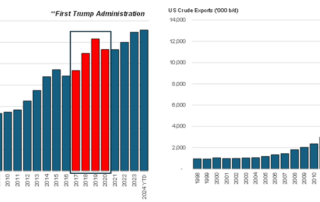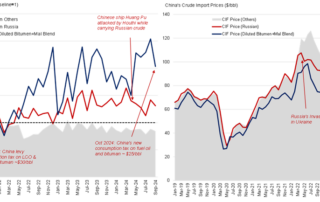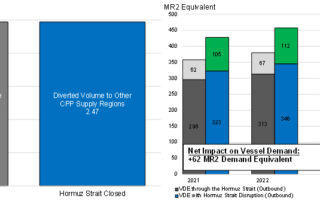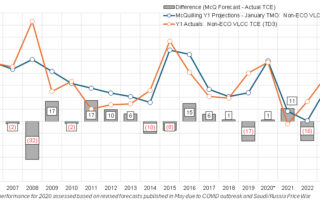1001, 2025
US Issues Fresh Round of Russian Sanctions
The US imposed its most aggressive sanctions on Russia’s oil [...]
612, 2024
Policy Implications Under New Trump Administration
The prevailing sentiment is that the new Administration will create [...]
2211, 2024
China’s Crude Oil Imports
The determinant of China’s crude oil import preference has mainly [...]
811, 2024
West to East Russian Crude & Fuel Oil
West-to-East cargo flow, which has been dominated by Russian exports [...]
111, 2024
Hormuz Strait CPP Analysis
In a Hormuz Strait closure scenario, the CPP market would [...]
609, 2024
McQ Services Mid-Year Tanker Market Update
McQuilling Services is pleased to announce the release of the [...]









